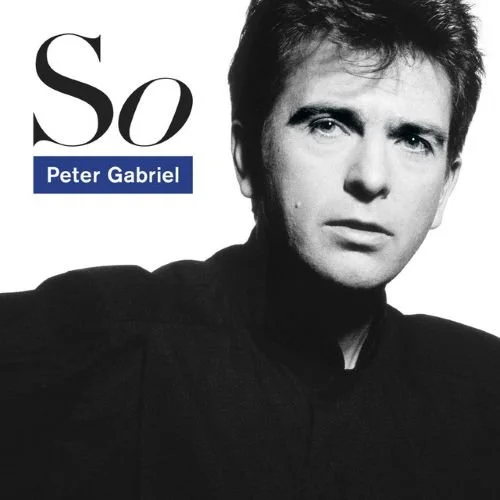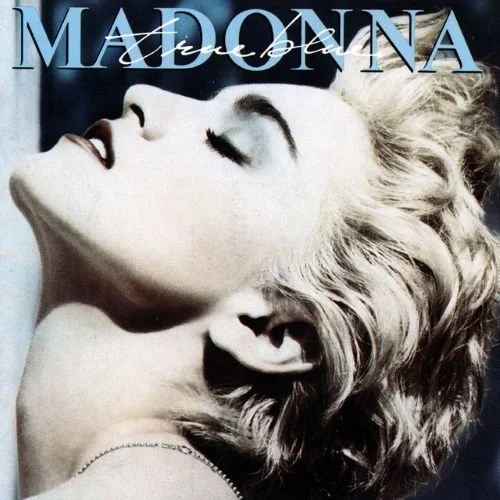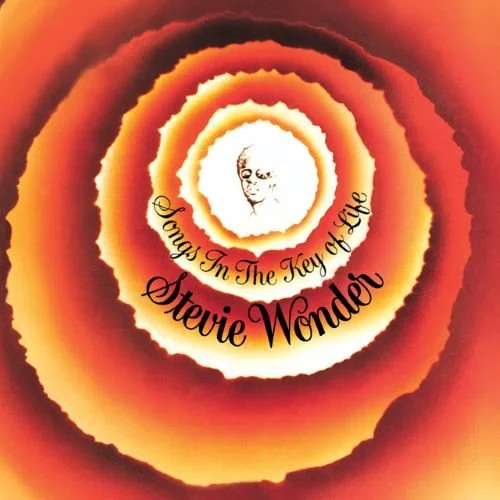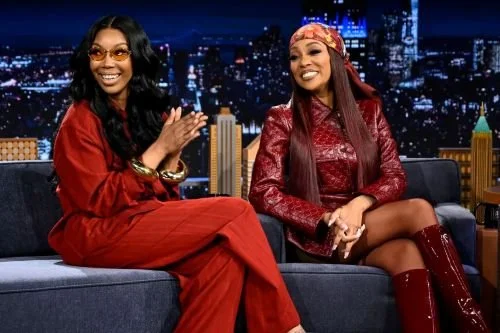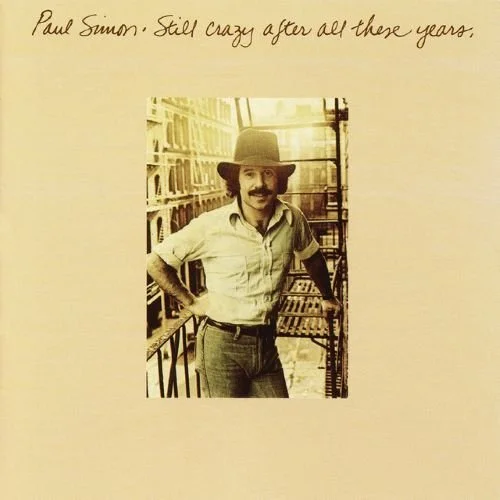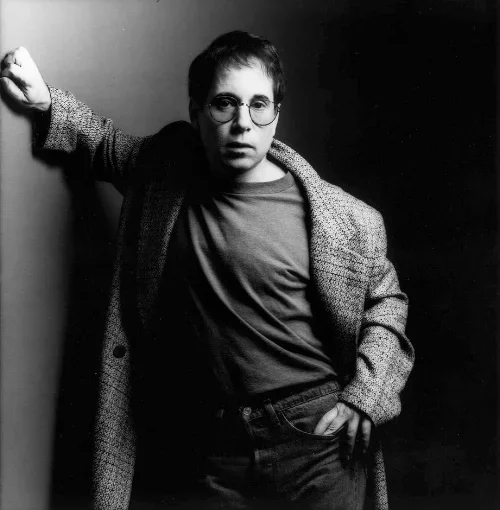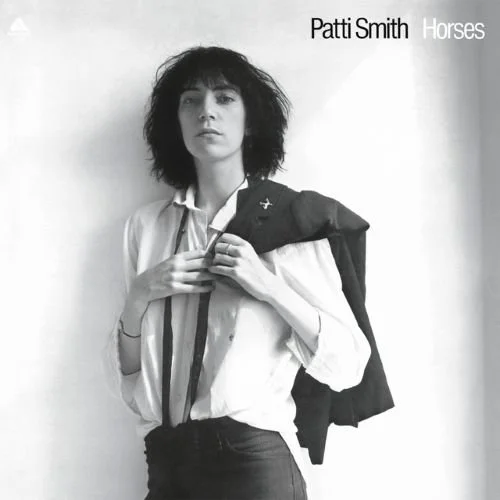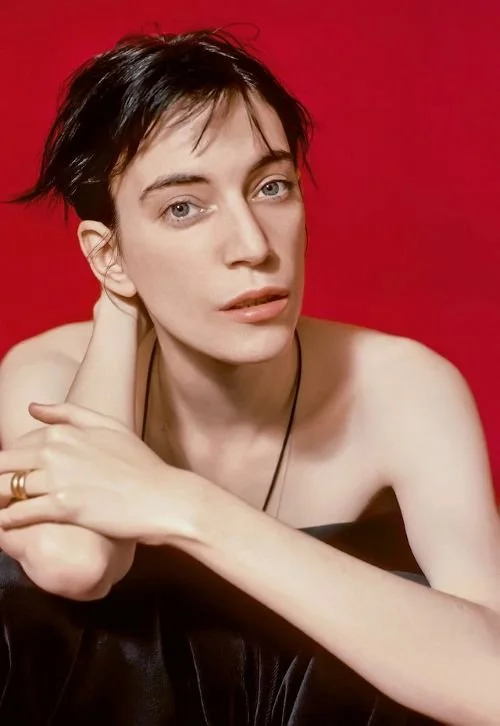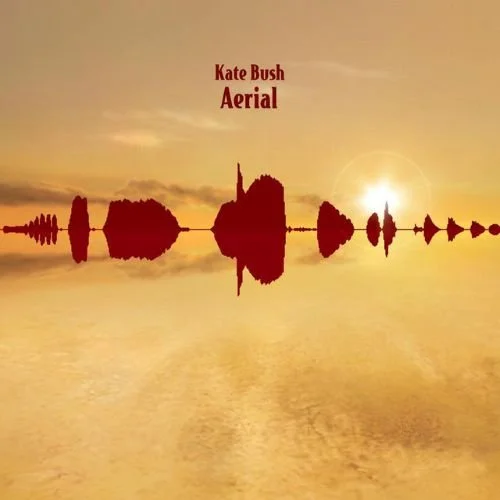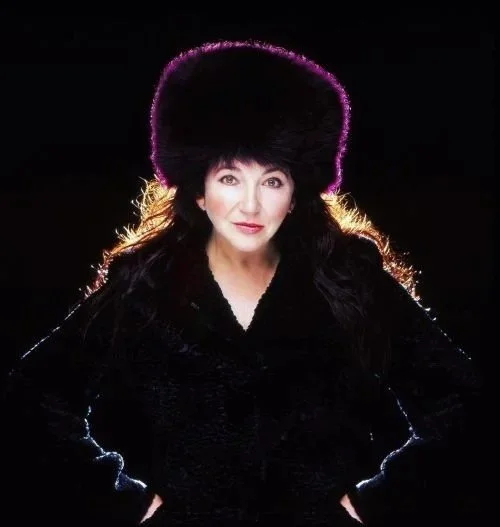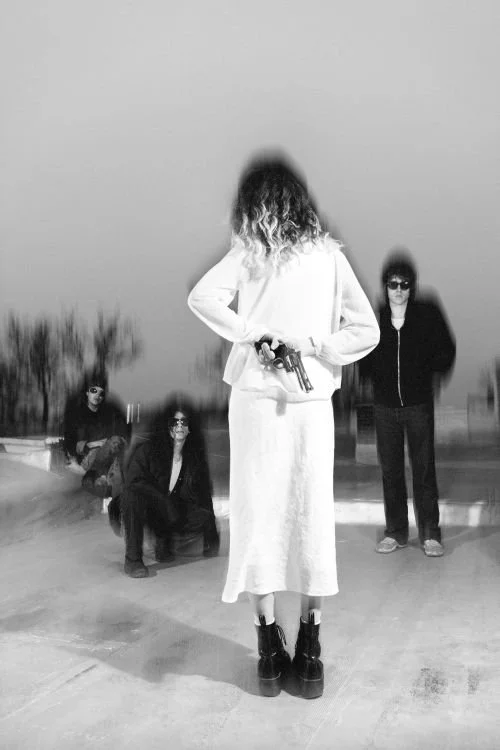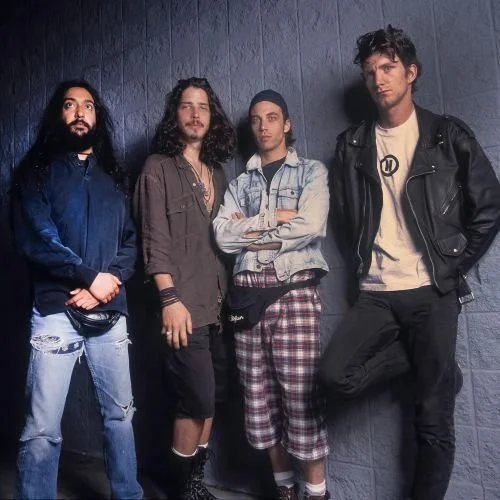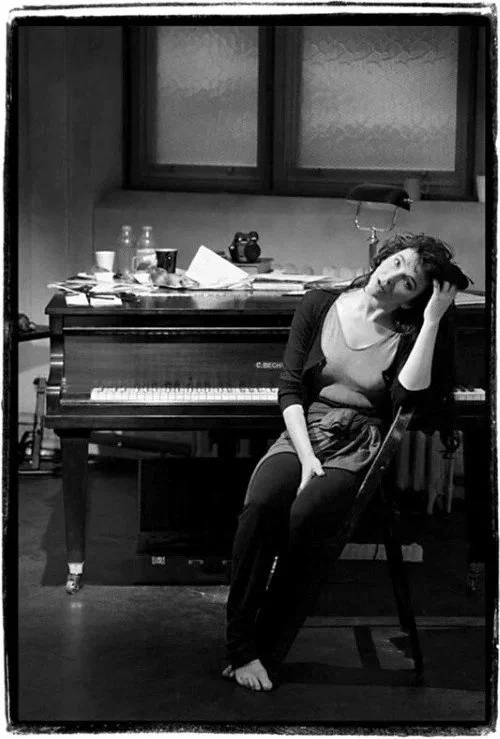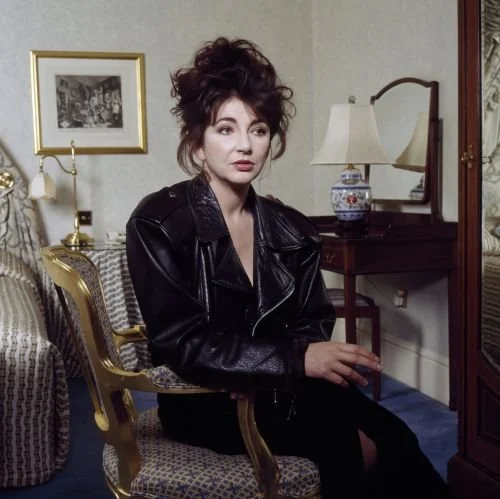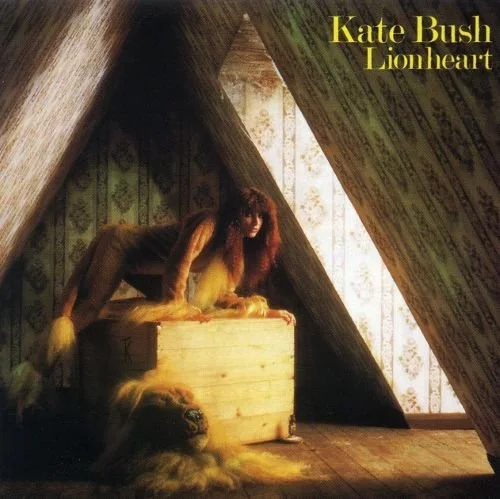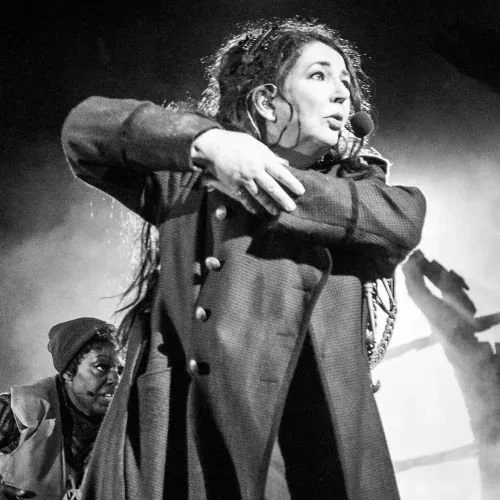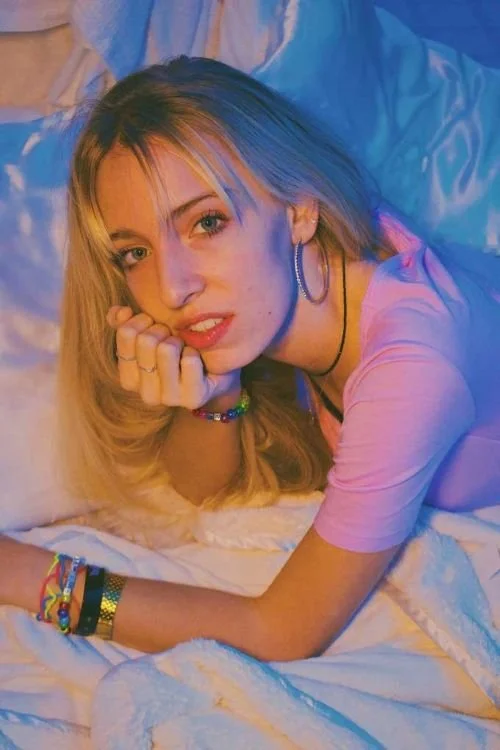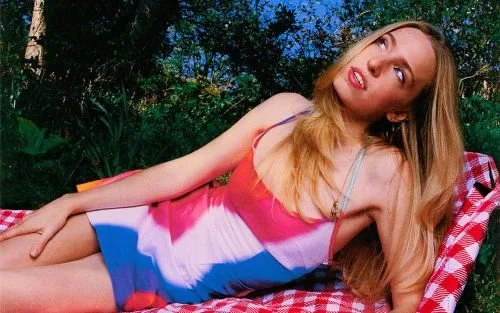IN THIS PHOTO: St. Vincent performing for the BBC Proms on 3rd September, 2025/PHOTO CREDIT: Andy Paradise/BBC
thoughts on my mind regarding women in music. Not just legacy artists and legends. Though they are important. When it comes to women in music today, we recognise their work and there are album and gig reviews. There are news stories about them but, aside from that, what in the way of spotlighting and celebration? Maybe a book would not be the right format, as it would be always updated. However, there are so many women in music today who are inspiring and deserve something permanent. Florence Welch of Florence + The Machine is truly one of the modern greats. I want to come to a recent interview with The Guardian and some takeaways. Florence + The Machine release Everybody Scream on 31st October. Their lead has been speaking about the album, how she suffered an ectopic pregnancy and almost died. Such a brave and strong woman, she inspires and gives strength to so many others:
“After Florence Welch came close to death, she felt strongly that, more than people, she wanted to be with plants and animals. “It was a real need to be around things that couldn’t speak, but had a life force or energy to them. I found that the most healing,” she says. Since then, cats have kept coming to visit her garden. Not her cats – it is hard for her to have pets, what with all the touring – but neighbourhood cats, treating the place as if they live there. “I’m not saying anything, but more and more started coming, and foxes,” she says. She sees patterns and prescience in many things, now. “I don’t know. Or maybe I just noticed them more, because that’s what I needed to be around.”
In August 2023, Welch had a miscarriage. Days later, she learned that the pregnancy had been ectopic, meaning that the fertilised egg had implanted in a fallopian tube, rather than the uterus. The fallopian tube then ruptured, causing massive internal bleeding. “The closest I came to making life was the closest I came to death,” she says. “And I felt like I had stepped through this door, and it was just full of women, screaming.”
After Florence Welch came close to death, she felt strongly that, more than people, she wanted to be with plants and animals. “It was a real need to be around things that couldn’t speak, but had a life force or energy to them. I found that the most healing,” she says. Since then, cats have kept coming to visit her garden. Not her cats – it is hard for her to have pets, what with all the touring – but neighbourhood cats, treating the place as if they live there. “I’m not saying anything, but more and more started coming, and foxes,” she says. She sees patterns and prescience in many things, now. “I don’t know. Or maybe I just noticed them more, because that’s what I needed to be around.”
In August 2023, Welch had a miscarriage. Days later, she learned that the pregnancy had been ectopic, meaning that the fertilised egg had implanted in a fallopian tube, rather than the uterus. The fallopian tube then ruptured, causing massive internal bleeding. “The closest I came to making life was the closest I came to death,” she says. “And I felt like I had stepped through this door, and it was just full of women, screaming.”
We are in her summer house, at the end of her lush garden in south London, still blooming, late in the season, in tasteful shades of pastels and white. She sits on the sofa, wearing a long, pale-green gown, wrapped in a shawl. She shifts and reclines, stands up and sits back down. The door is open. The air is brisk. There is a pile of blankets in the corner, she says, in case I get cold. We talk for almost two hours about what happened to her, and how the catastrophe of it all became her extraordinary, excoriating new album, Everybody Scream. The record is as strange, uncompromising and brutal as she has ever been. It will be released on Halloween, and no wonder. It is full of witchcraft and fury.


